Sámi Culture and Reindeer in Tromsø
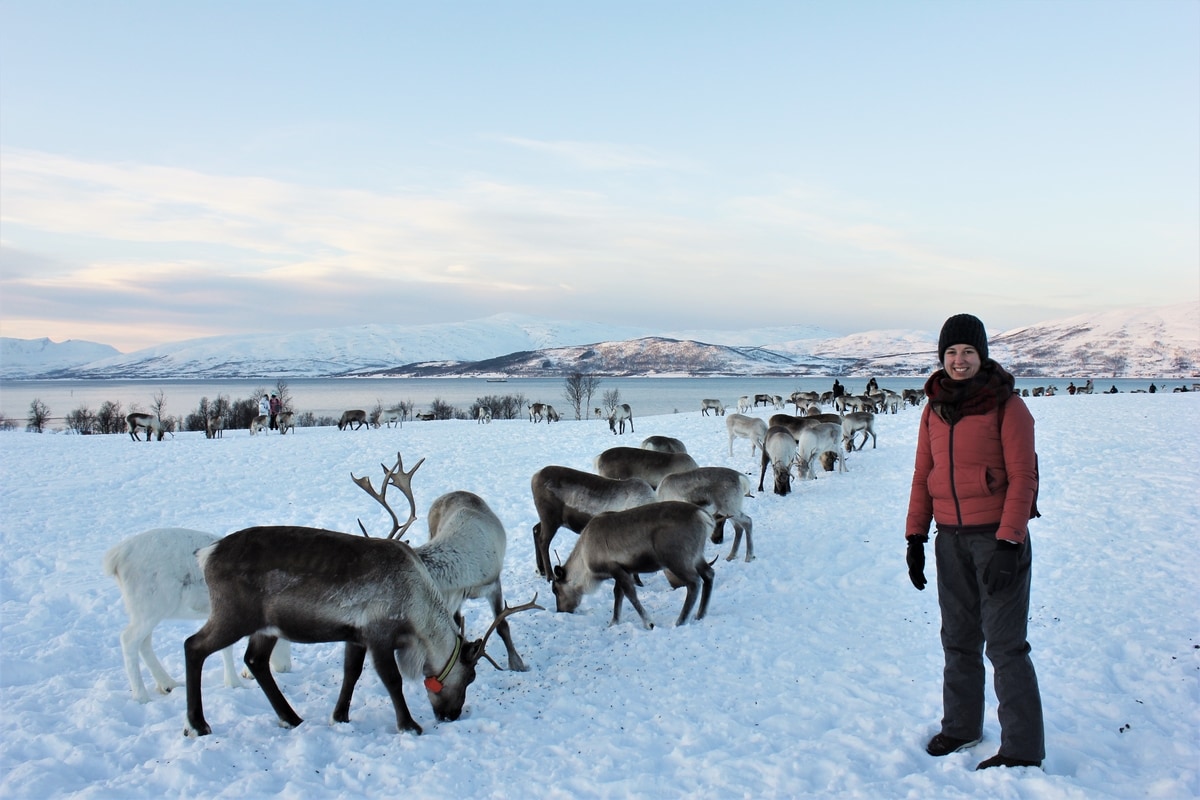
Like many travellers, I came to Tromsø in winter hoping to catch a glimpse of the elusive Northern Lights – and I did – but there was more to experience in this Arctic city. One of my highlights of visiting Tromsø was learning about Sámi culture and reindeer herding.
The Sámis are indigenous to the Arctic and live in Norway, Sweden, Finland and Russia. Reindeer herding is a traditional part of Sámi culture. Around 2,600 Norwegian Sámi still work as semi-nomadic reindeer herders. We joined a reindeer feeding and Sami culture tour to learn more.
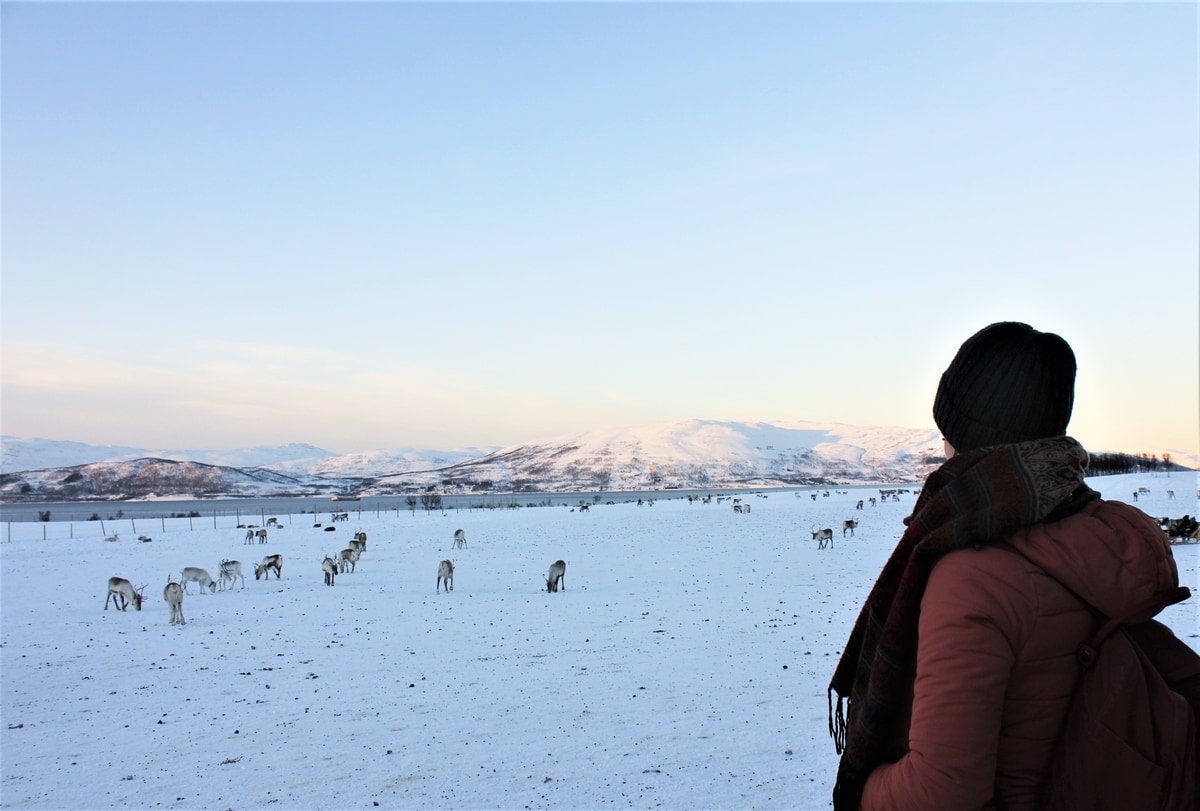
Sámi Reindeer Camp in Tromsø
We joined a bus of people and headed out of the city to a Sámi reindeer camp. After 25 minutes, we clambered off the bus into a wide open snow-covered field full of 200 reindeer. The snow blanketed the ground and the mountains studded the sky around the field.
The Sámi people have herded reindeer for hundreds of years. They rear them for their fur and their meat, which is a staple food of the Sámi and Norwegians in the Arctic. At this camp, the reindeer they herd are semi-wild. They migrate between plains and coasts for summer and winter, and are penned in only for the harshest winter months to ensure they’re strong enough to make the journey.

We were given buckets of food for the reindeer, who eat around 2-3kg per day. The reindeer jostled one another, the most dominant of the herd being the first to reach the buckets in our outstretched arms. We kept our arms frozen straight to avoid being poked by larger reindeer antlers.
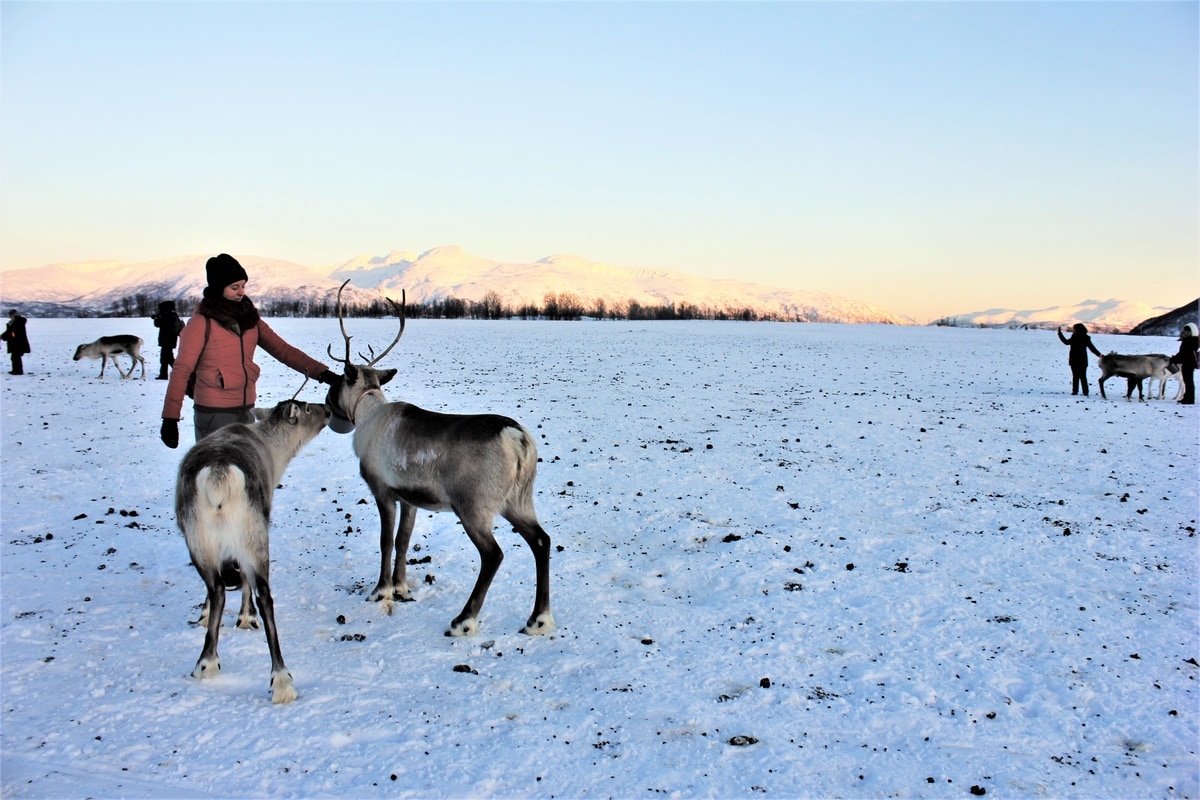
Unexpectedly, many of the reindeer had antlers of different sizes, some only one antler and others none at all. We later found out that reindeer drop their antlers every year and regrow them. Male reindeer drop their antlers before winter until the following spring, while female reindeer keep their antlers through the winter until their calves are born in spring.
Reindeer Sledding in Tromsø – and Is It Ethical?
Reindeer-pulled sleds allowed Sámi people to trade fur and meat across northern Norway, and this is a traditional part of their culture. Most Sámi reindeer herders now use snowmobiles to follow the reindeer during their migration and only keep sleds for tourism purposes. However, reindeer sled rides are on offer for tourists visiting the reindeer camps in Tromsø and other Arctic destinations.
Is it ethical to have reindeer pull sleds? And is it different from huskies, horses, donkeys and other working animals?
With any type of animal tourism, I am always conscious about the welfare of the animals. It’s been difficult to find any research around whether reindeer sled rides for tourism are responsible, beyond tourists taking an interest in the welfare of the animals and this great article on animal tourism in the Arctic from Vanessa at Nordic Wanders.
All the reindeer we saw were strong and healthy, and it was clear the Sámi people looked after them well. The sled rides happened in the same field, with specific castrated male reindeer used to pull the sleds. The rides were short and slow, moving in a circle around the field, led by one of the herders. To me it felt a reindeer ride was unnecessary. The experience of seeing and feeding the reindeer was enough in itself and so we chose not to join a sled ride pulled by reindeer whilst at the camp.

Reindeer Stew – and Should I Eat It?
After our hands became too numb to stay outside, we headed into a gamme (a Sámi hut) for stew. They served up reindeer stew, a traditional meal eaten by the Sámi people and a vegetarian version which we ate instead (which is not at all traditional in Norway).
For the Sámi people, reindeer meat was one of the few foods available in the Arctic and some of the only local produce. Now, globalisation has meant cities like Tromsø are able to import vegetables and vegetarian alternatives from the south and internationally.
On our northern lights tour, our guide roasted reindeer sausages and soy sausages on the campfire. He pointed out that reindeer meat was locally reared and the much more sustainable option than imported soy sausages. It’s clear that reindeer meat farming is starkly different to the mass farming of cattle and other livestock that many vegetarians, including myself, protest.
Whilst I can understand reindeer meat as an important staple food in Norway and the Arctic, it’s difficult as a vegetarian of 15+ years to consider the idea of eating meat. My golden rule as a vegetarian has always been that if I wouldn’t kill it, I wouldn’t eat it. I therefore chose not to eat reindeer meat at the Sámi camp, but if I was living in the same circumstances as local people I expect I would think differently.

Sámi Culture
After lunch, we huddled together in a lavvu, a traditional Sámi tent reminiscent of a tipi. We sat on benches covered in reindeer fur around an open fire and listened to the cultural stories and experiences of a Sámi herder. She told us about the challenges of being a reindeer herder, including the impact of climate change on reindeer and the Sámi way of life.
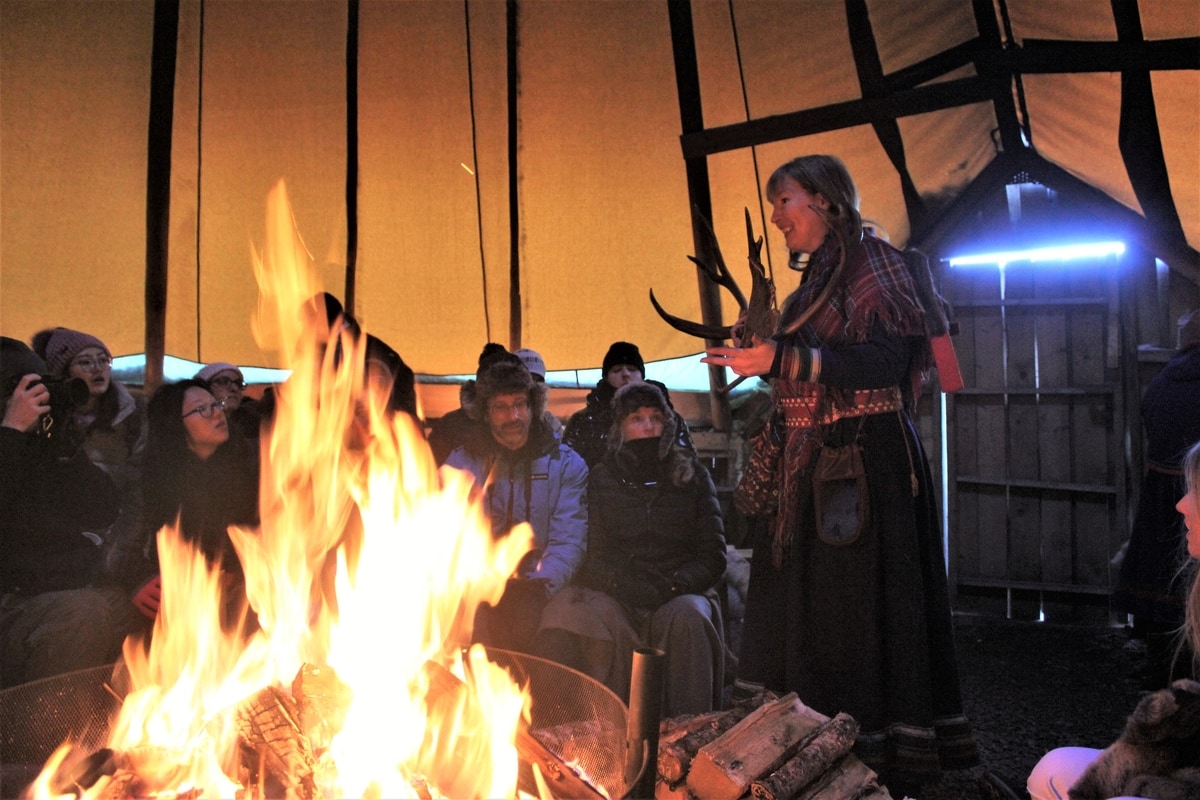
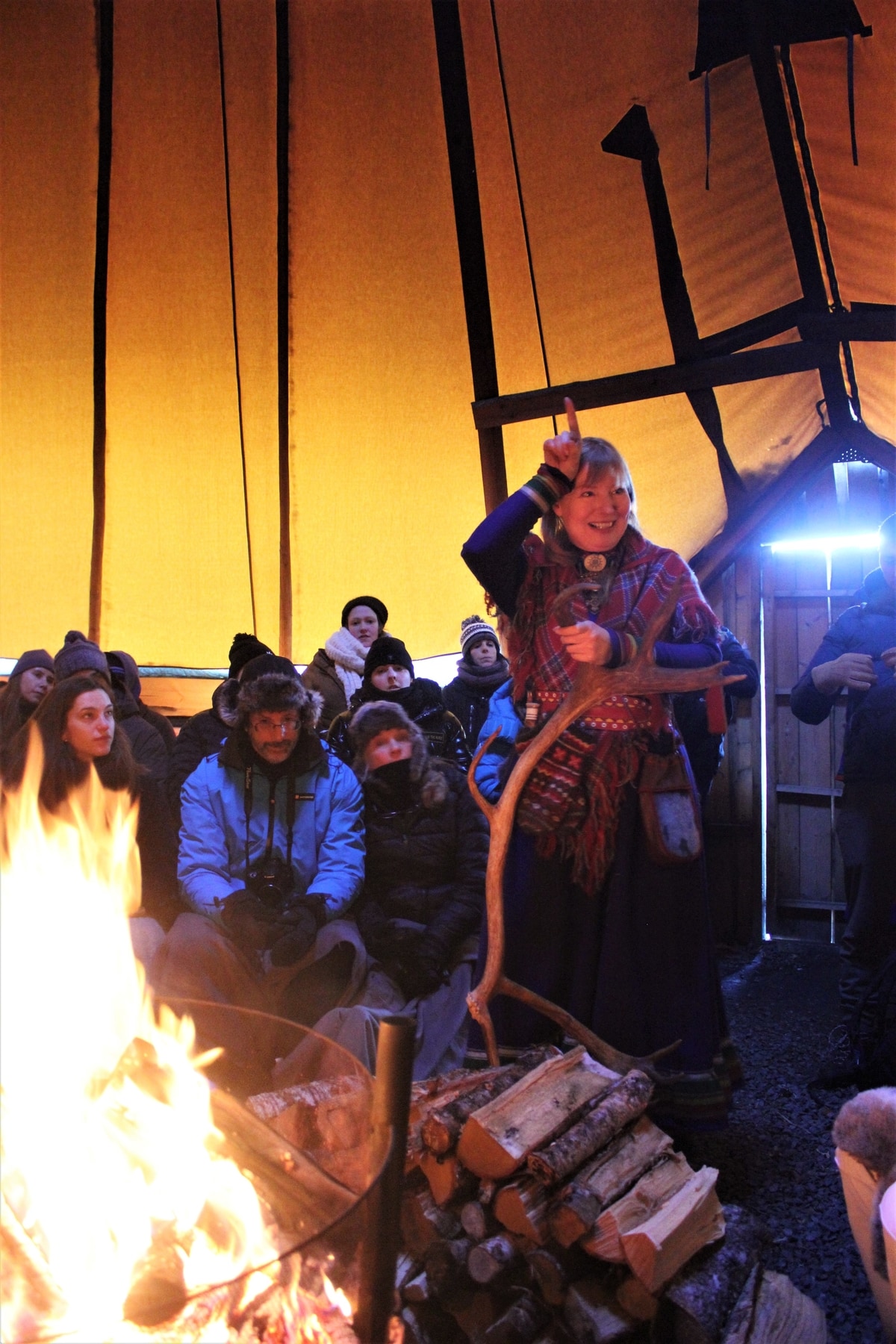
During the winter, reindeer dig their way through the snow to reach lichen or evergreen plants. Climate change has caused the ground to freeze over in winter and the reindeer are unable to dig for food. The Sámi herders have had to pen their reindeer into the large fields for the winter to ensure they’re well fed before migration and birthing. This is part of the reason that the Sámis have invited tourists to visit their camps, feed the reindeer and support the Sámi community with covering the costs of food.
One of the herders sung a joik, a traditional song from Sámi culture. A joik is dedicated to a person, an animal or a place. There are no words in joiks. It is the harmonies that express the feeling and emotions of the song. This joik we were sung expresses the high and lows of life as a reindeer herder:
They do not sell the clothes or replicas of them or allow tourists to try them on because they are “deeply personal” to them and their culture. Their boots are made from reindeer hide. They are still styled with upturned toes which were traditionally used to fix onto wooden sleds during reindeer migrations. The boots keep feet warm right to -40°c (much better than what you can buy in the shops!)
Disclaimer: Thank you to Tromsø Arctic Reindeer and Tromsø Ecotours who kindly hosted me for this experience. If you book a visit to a reindeer camp through Tromsø Ecotours, 10% of every booking is donated to nature and environmental charities. You can book the tour directly through their website, or via Get Your Guide.




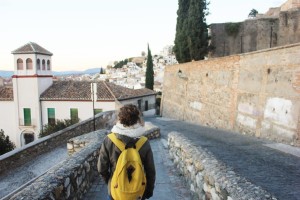
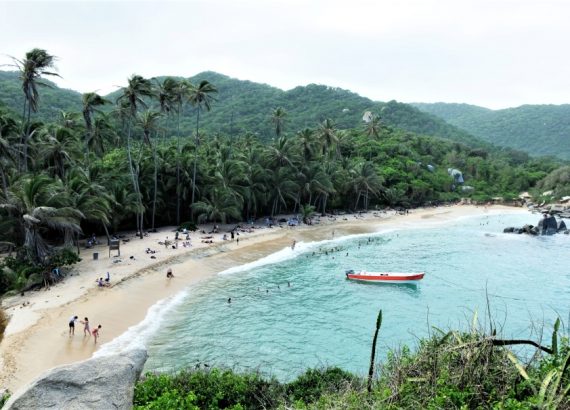
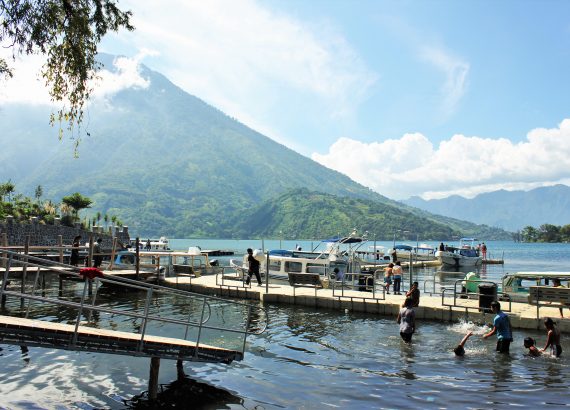
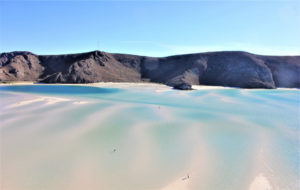
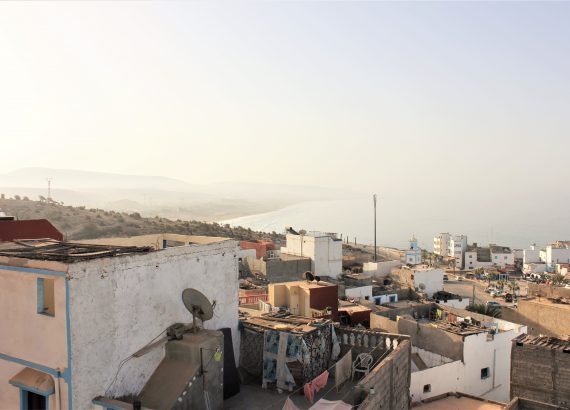
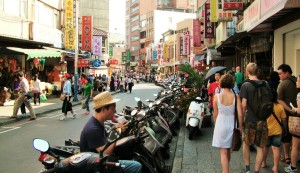
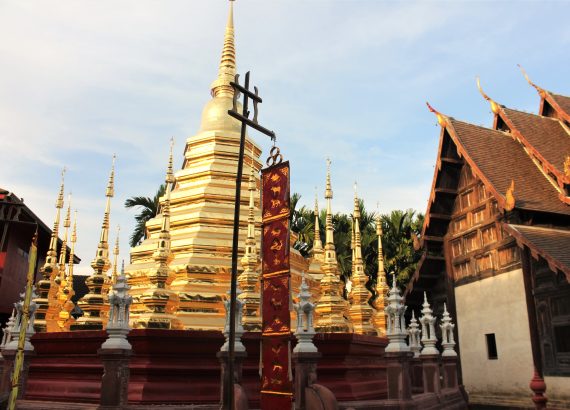
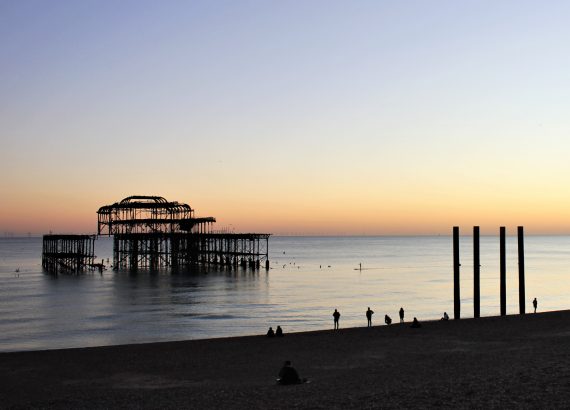
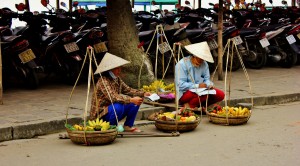


Esther Ibsen
The experience is so great. You get to feed almost 300 reindeers and they are so cute and friendly. Also I had the Well organized and very nice and friendly guides! Good mix of cultural lessons, meeting the reindeers and great